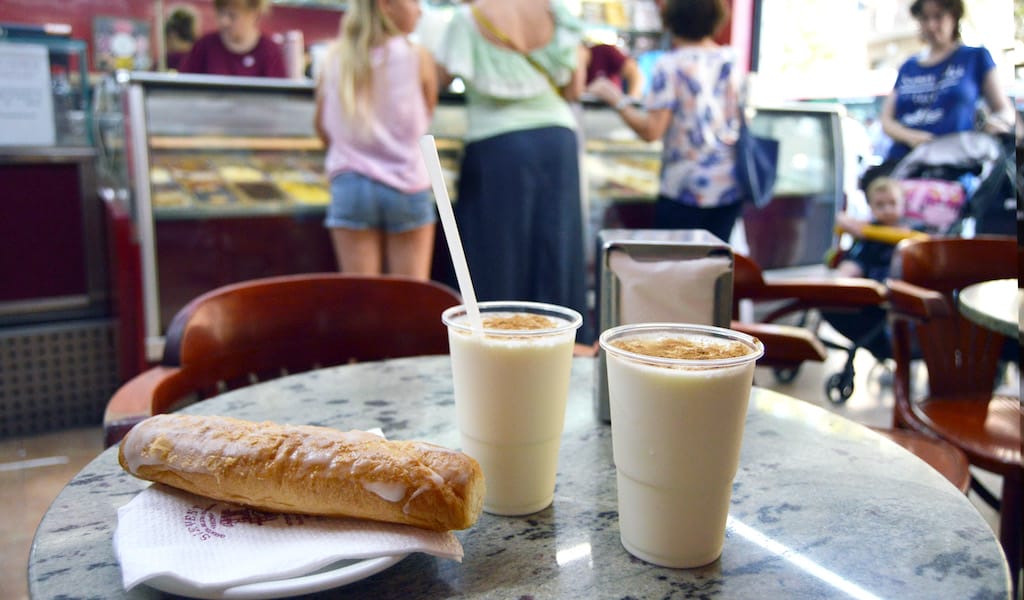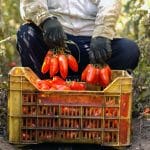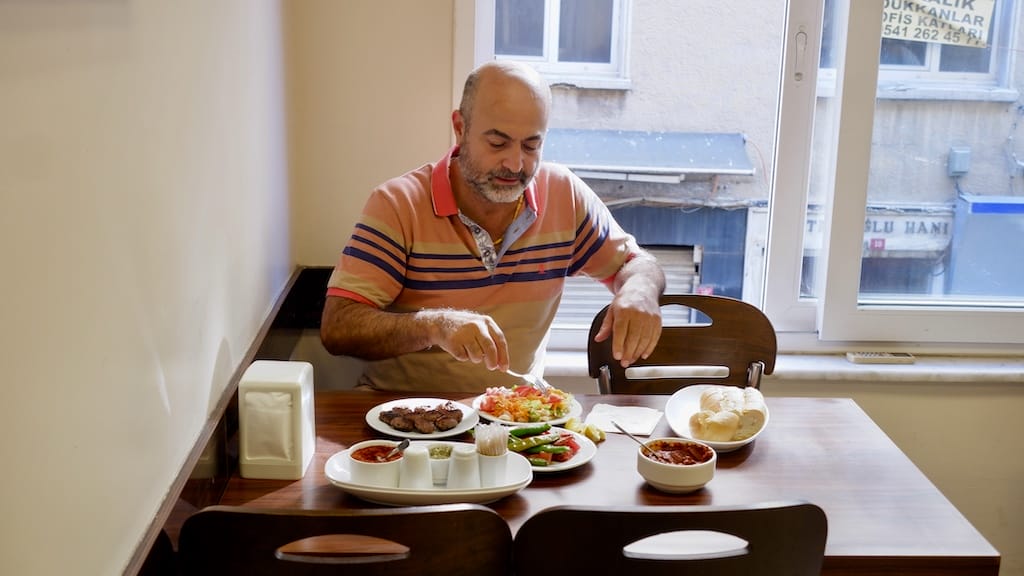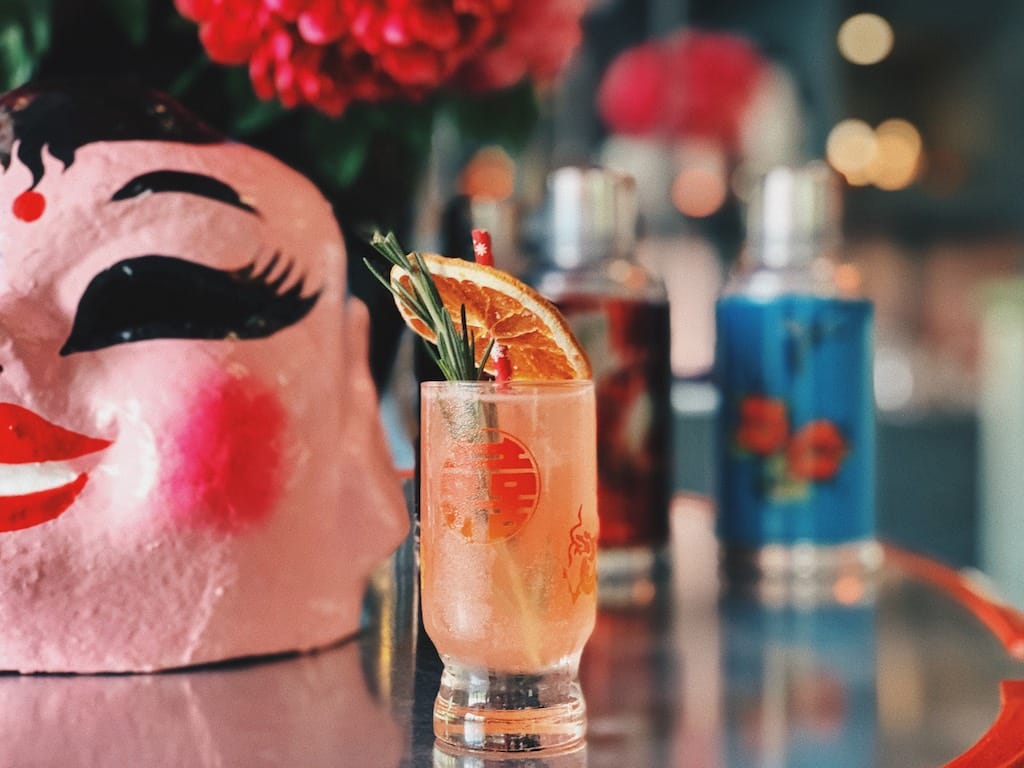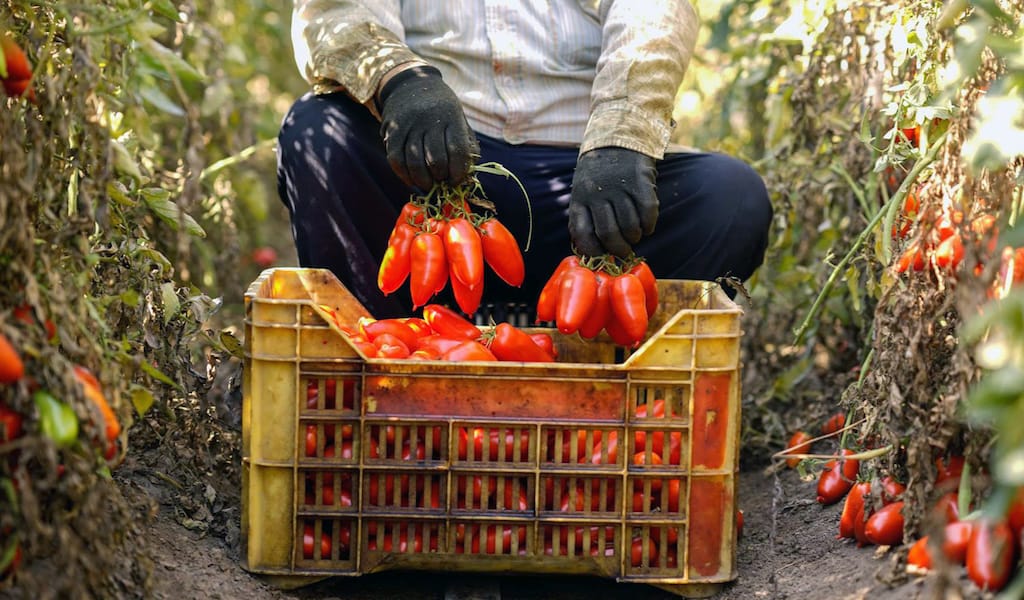For some inexplicable reason, leche merengada, or meringue milk, a traditional Spanish summer drink, has fallen out of favor over the past few decades – industrial ice creams and sodas, with their multicolored flavors, bubbles and fantasy frozen shapes, have seduced local palates, making this monochrome drink pale in comparison.
Well, we say that it’s time to shine the spotlight back on the démodé but delicious and nutritious leche merengada and to revive a drink that was considered opulent in numerous Spanish cities back in the 19th and early 20th centuries, and documented in recipe books from as early as the 18th century.
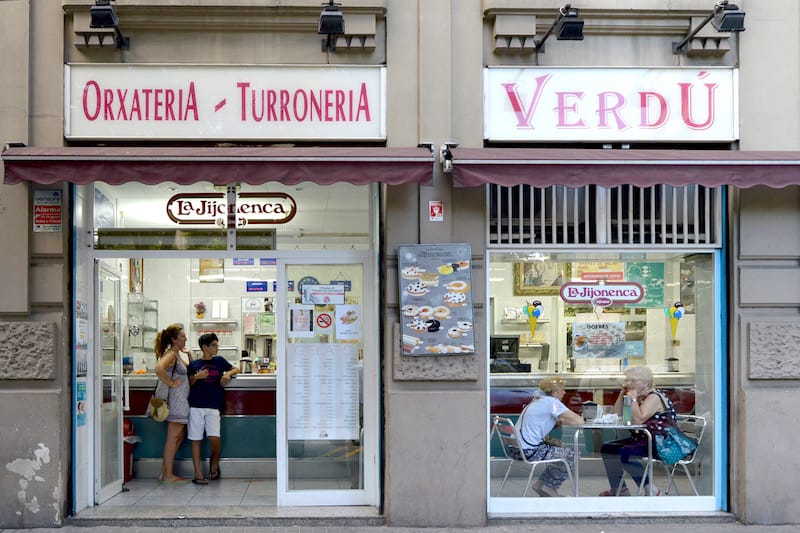
As it so often happens with traditional drinks or dishes, we – locals included – skip over leche merengada when perusing the menu, usually because we don’t actually know what it is. And that’s a shame, because the drink is wonderful choice for anyone with a sweet tooth who finds the taste of horchata, or orxata, to be too earthy or weird, or is just not used to the tiger-nut flavor – the combination of milk, lemon and cinnamon appeals to a broader range of palates. It’s also a good option for someone who wants something more liquid and refreshing than an ice cream and still more creamy and fulfilling than just an ice-cold drink.
The traditional recipe for leche merengada calls for milk to be boiled with some lemon peels, a stick of cinnamon and sugar, strained and then put in the freezer. Next, egg whites are whisked until stiff peaks form. The meringue is then folded into the half-frozen milk, and the final product is topped with powdered cinnamon and sometimes a wafer and a straw.
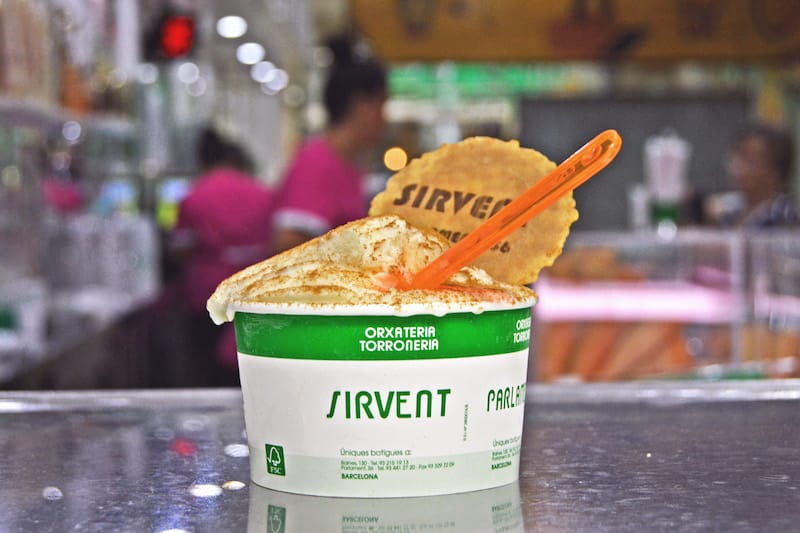
This recipe is still often used by home cooks, although they can customize it in a number of ways: either by using almond milk in place of cow’s milk or aromatizing the milk with different flavors, like orange or coffee.
Most places in Barcelona, however, prefer to serve a simplified version of leche merengada, without the meringue, leaving just the very cold cooked milk aromatized with lemon skin and cinnamon. This is what you’ll commonly find at traditional orxaterias, cafeterias and local ice cream parlors. Yet even without the egg whites, drinking meringue milk is still an excellent way to replenish your energy stores on a hot summer day.
The drink is wonderful choice for anyone with a sweet tooth who finds the taste of horchata to be too earthy.
Come summer, you’ll often see locals enjoying leche merengada (and horchata) together with fartó, a traditional sweet pastry from Valencia – in our opinion, it improves the experience. Long, thin, soft and light, the pastry should be dipped in the drink, where it absorbs the meringue milk like a sponge. With each bite, it fills the mouth with a wonderful cooling combination of delicate flavors and various textures, which range from solid to foamy to liquid.
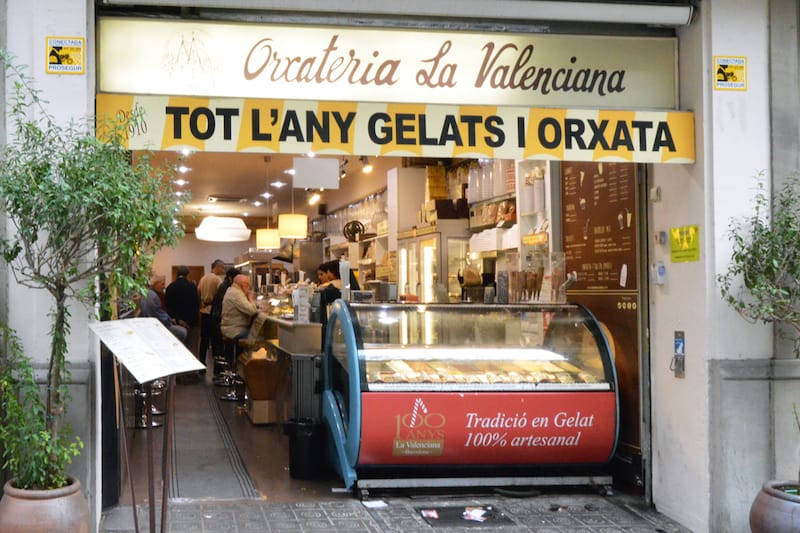
Leche merengada is on the menu at most orxaterias-torroneries, where you may also find it as an ice cream/gelato flavor (strangely enough, egg whites are added to meringue milk gelato, even if they’re not in the drink itself). Some of our favorite spots for this cooling drink are the mega-famous Sirvent Parlament, the old Sirvent 1926, and the fancy Sirvent Barcelona – all with different owners, and all in Sant Antoni neighborhood. We’re also partial to Planelles Donat in the Gòtic neighborhood, La Campana in Born, Orxateria La Valenciana in L’Eixample, and Tio Che in Poble Nou. If you’d prefer something more solid, the leche merengada gelato is particularly good at Sirvent Parlament and Planelles Donat – a snowy-like scope is perfectly complemented by a second ball of lemon, mango or even chocolate gelato.
These others may be lesser known, but still play important roles in neighborhood life: Orxateria Verdú in L’Eixample, Gelateria Astúries in Gràcia, and Orxateria Sant Roc in Sants.
Published on July 26, 2018
Related stories
January 23, 2024
IstanbulOn a side street just behind the lower edge of the Grand Bazaar lies a small, unsuspecting sign directing one up a flight of stairs to Kardeşler Köftecisi, a no-frills, hole-in-the-wall shop that has been serving grilled meatballs (köfte) for more than half a century. Unlike many nearby restaurants on the touristy strip, no one…
May 14, 2019
ShanghaiThe recent loss of the world’s first baijiu-themed bar, Beijing’s Capital Spirits, to hutong landlord issues has refocused the spirit’s lens on Shanghai, where bars are incorporating the grain alcohol into their drinks program. Baijiu may be the most-consumed spirit in the world – thanks mostly to China’s massive population. But its name has only…
July 5, 2018
Naples | By Kristin Melia
NaplesSeveral thousand years ago, or so the story goes in Naples, Lucifer and Jesus had a massive showdown in the rarified kingdom of heaven. After a raging session fueled by sibling rivalries, and which likely included satanic petulance and the occasional errant lightening bolt, God, as any parent of battling children can grasp, had had…







































